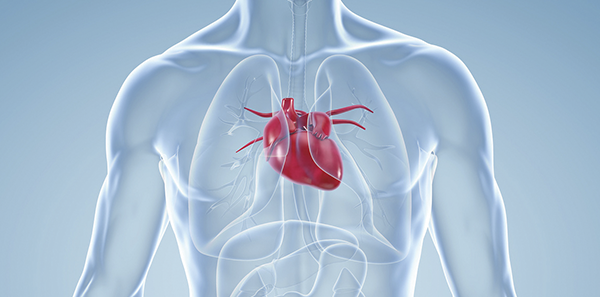
Breast cancer is the most frequent cancer among women in our country, and its diagnosis and early treatment are critical for a good prognosis.
To help prevent it, women should get age-appropriate check-ups, population screening from the age of 50, and be aware of changes in their breasts, consulting healthcare services if necessary.
Breast self-examination is women’s most used method for detecting abnormalities such as a lump in the breast. However, other symptoms must also be detected because they may also be related to breast cancer, such as dimples, redness, or erosion.
Tips for proper breast self-examination
The exam should be performed a week after the end of menstruation (for women having a regular period) since the hormonal stimulus can alter the examination. Stand in a relaxed and comfortable way in front of the mirror using the following three different positions, and carefully inspect both breasts:
- With your arm down by your side.
- With your arm above your head.
- Resting your hand firmly on your hips.
Observe the shape, appearance, and size, looking for changes or asymmetries. Look specifically for dimpling, wrinkles, protrusions, or lumps. It is essential to know that even though both breasts are usually slightly different, they are very similar and should maintain their circular shape.
You should also pay careful attention to the skin since symptoms such as folds, redness, or orange peel skin can appear. In cases of advanced disease, bruising or erosions and open wounds may occur. It is also necessary to observe the areolas and nipples: making sure there are no red or peeling areas, crust, lumps, dimpling, or bloody discharge from the nipple.
Then, standing or lying down, examine both breasts and armpits, looking for possible nodules (lumps). Use the three middle fingers of each hand, first examining on a more superficial level, then performing a more profound second examination. A circular pattern may be used, starting on the outside and moving toward the nipple or from top to bottom, ensuring you hit every spot.
Self-examination is essential for prevention and detecting possible anomalies early so that action can be taken quickly. Sometimes, you may be concerned by denser and poorly defined areas, which are actually part of your normal breast. However, in the case of any recent changes, it is important to consult a specialist.
Dr. Tomás Cortadellas and Dra. Judith Jurado
Breast pathology unit. Gynaecology and Obstetrics Service
Hospital General Universitario de Cataluña












